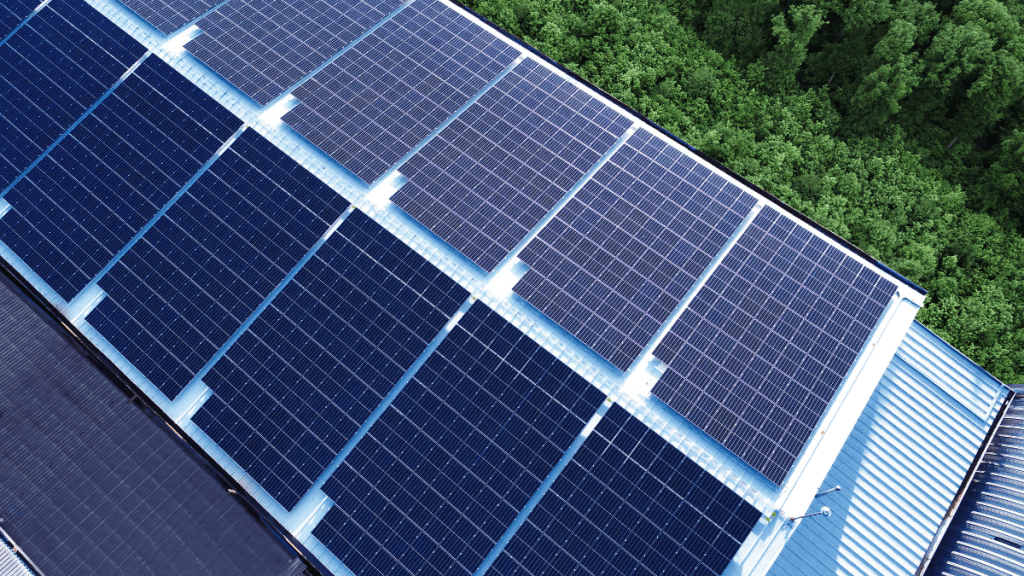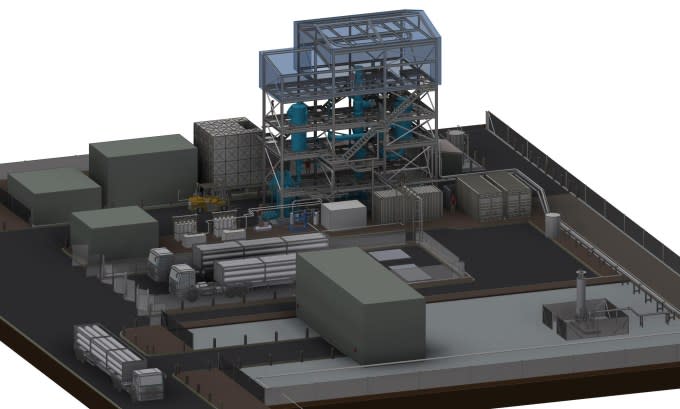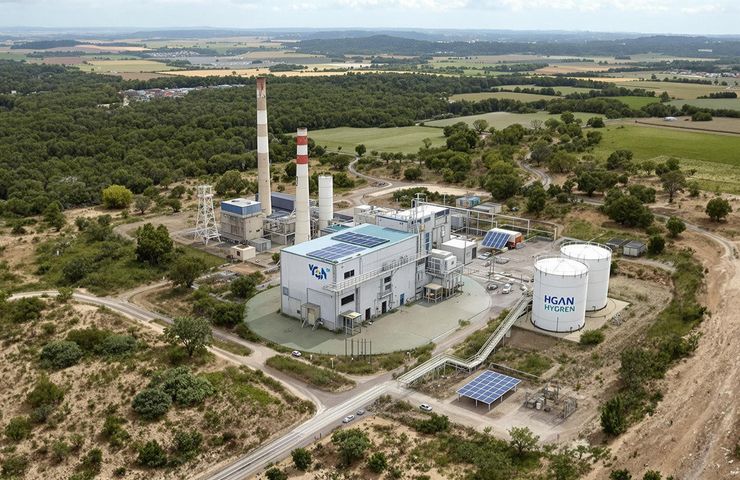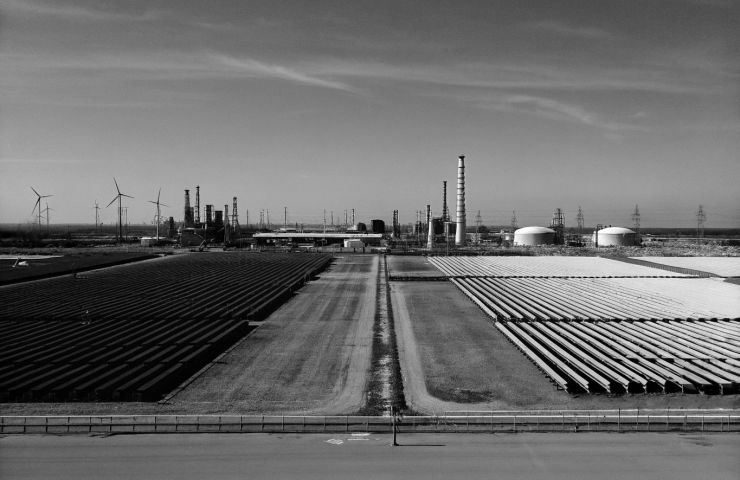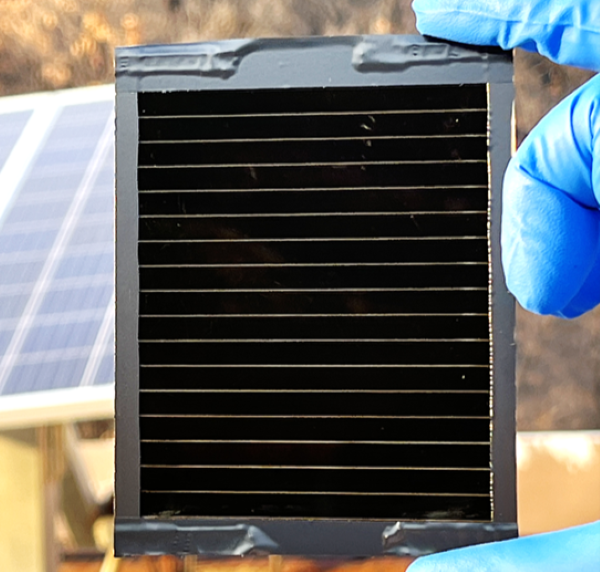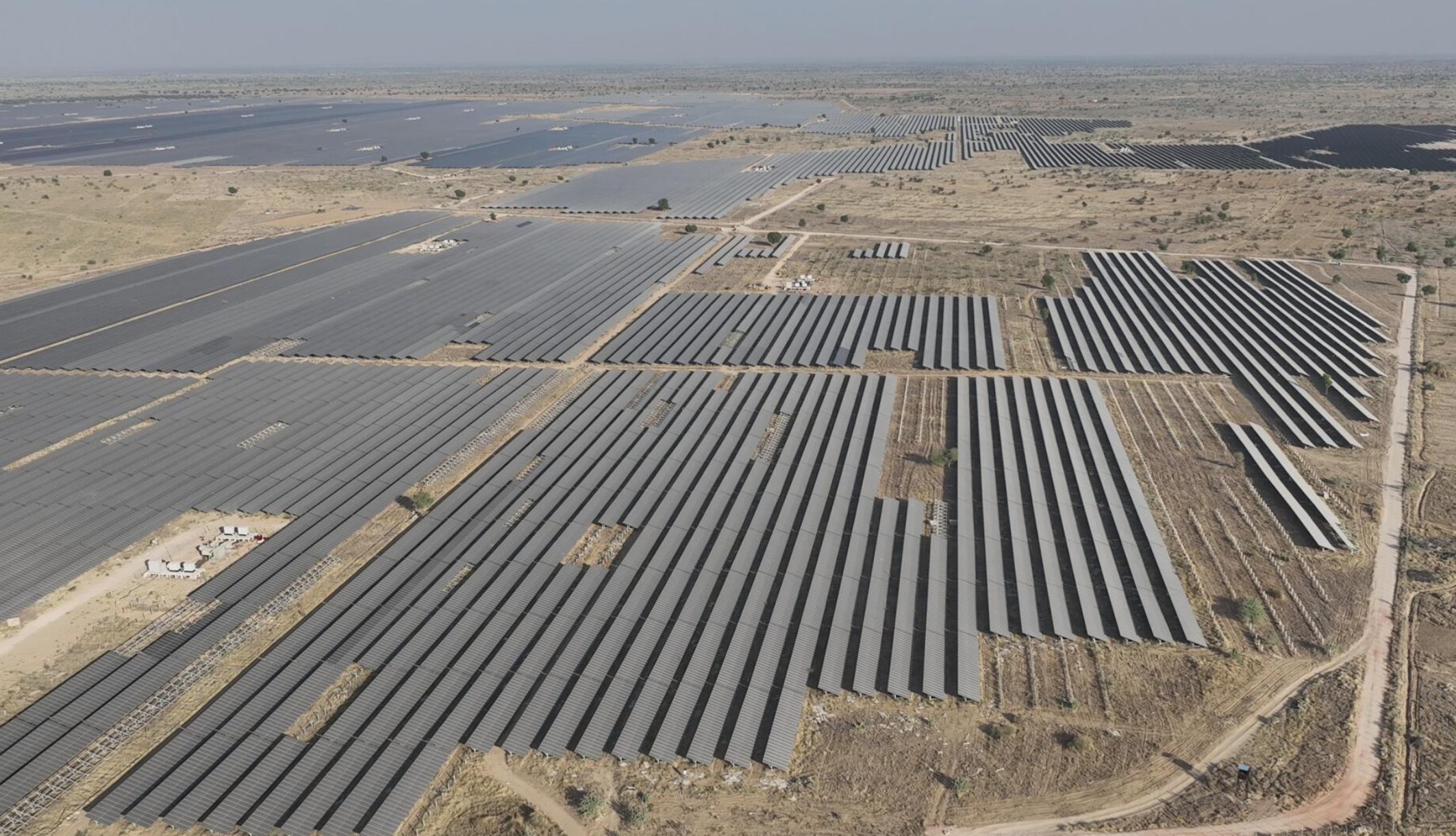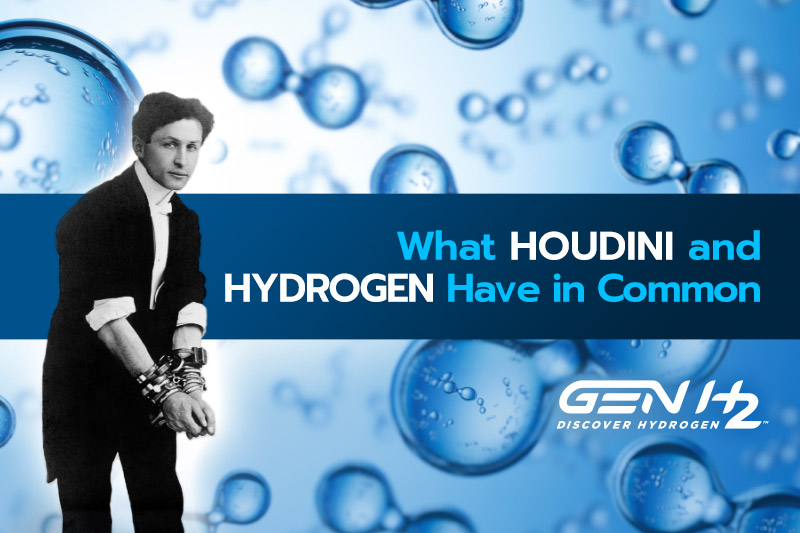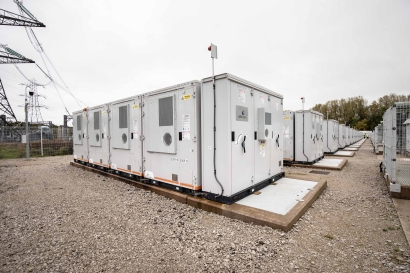Decoupled Water Electrolysis Positioned to Transform Green Hydrogen Production by 2030
Decoupled water electrolysis (DWE) is starting to make waves as a next-gen approach to green hydrogen production—and it’s not hard…
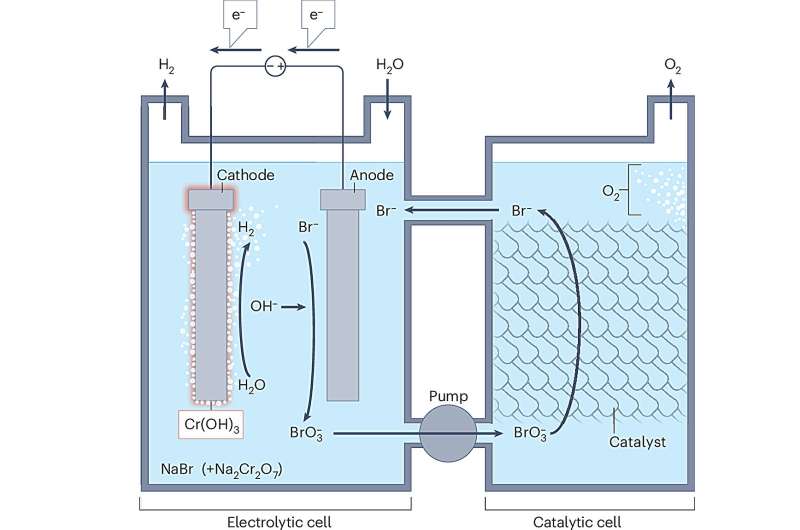

Decoupled water electrolysis (DWE) is starting to make waves as a next-gen approach to green hydrogen production—and it’s not hard to see why. Unlike the typical electrolyzers that need membranes and produce hydrogen and oxygen at the same time, DWE takes a different route. It uses redox materials to split the process into two separate steps, which makes the whole operation safer, cheaper, and way more adaptable, especially when you’re working with renewable energy sources like wind and solar.
From the lab to real-world impact
This isn’t just a cool concept stuck in the research phase. The underlying science comes from groundbreaking work at the Technion – Israel Institute of Technology, with commercial efforts now being driven by climate-tech startup H2Pro. Over in the UK, researchers at the University of Glasgow laid some of the early groundwork too—now being advanced by Clyde Hydrogen Systems, which is gearing up for real-world pilot projects.
Why DWE is worth the hype
A recent deep dive in Nature Reviews Clean Technology breaks it all down and outlines the path forward for scaling this technology. Some of the major perks include lower capital expenses (CAPEX), much less risk of gas crossover, and built-in energy storage—making it a strong candidate for flexible energy systems. Thanks to ongoing contributions from major research players like Fraunhofer ISE in Germany and the Technical University of Denmark, DWE could soon go toe-to-toe with today’s established PEM and alkaline electrolysis methods.
A green hydrogen future within reach
If DWE lives up to its potential, it could seriously expand the global hydrogen market. We’re talking about growing it from the current $250 billion to as much as $550 billion a year. That kind of growth could be a game changer for industrial decarbonization and the broader push toward sustainable energy.
What's Your Reaction?














